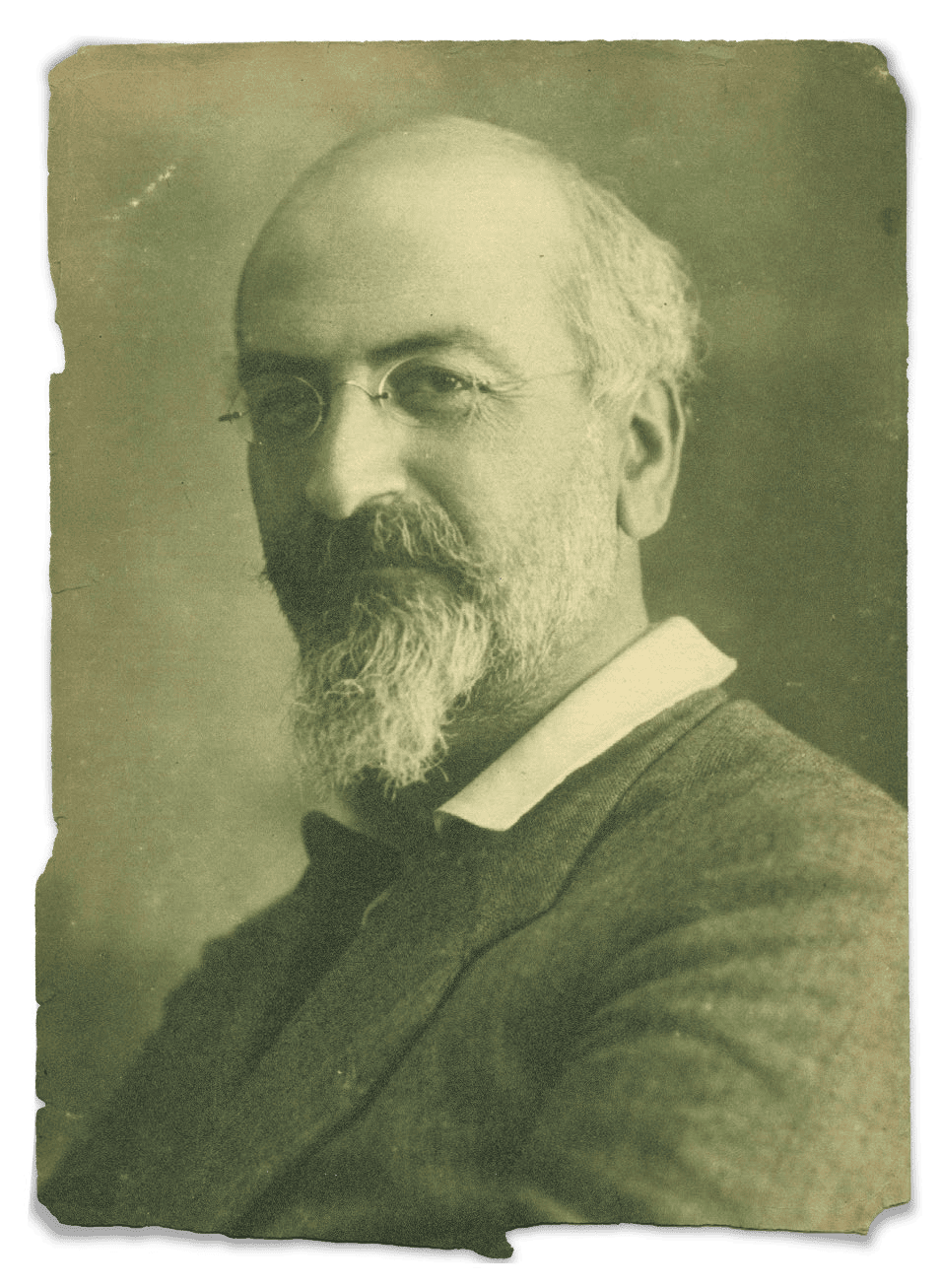Birth of Diran Chrakian (September 11, 1875)

Diran Chrakian, poet, essayist, and teacher, known by the pen name Indra, was a singular name in Western Armenian literature. He is considered a victim of the Armenian Genocide, although he was killed six years later.
Diran Chrakian was born on September 11, 1875, in the suburb of Scutari (Uskudar), in Constantinople. After elementary studies at the Soorp Khach primary school from 1881-1885, he was admitted to the Berberian School and graduated in 1891. The influence of the great educator Reteos Berberian, founder of the school, instilled in him an immense love for arts, literature, and natural history. He also attended the School of Arts of Constantinople.
After graduation, in 1891 Chrakian became a teacher of Armenian literature at his Alma mater. In 1897 he departed to Paris to continue his painting studies. After his return to Constantinople, the next year he left the city and went to the Armenian regions of Asia Minor to work as a teacher and devote himself to his creative endeavors. In 1904 he moved to Egypt, where he taught for two years and then returned to Constantinople, teaching Armenian literature, French language and grammar, and natural history.
He was a prolific writer of articles, studies, meditations, impressions, and poems. He published his two books with the pen name Indra (the anagram of his first name Diran), the name of the Indian storm god. His first book, Inner World, published in 1906, was a celebrated collection of meditations and impressions with a deep philosophical bent, which also became the source of polemics. He responded in the press with a series of articles that defended his literary and philosophical approaches. He followed up in 1908 with a collection of sonnets, Cypress Wood.
The echoes of the massacres of Adana in 1909 appear to have shocked Chrakian’s sensitive psyche. According to his biographers, he had three brain shocks, which contributed to destabilize his mental balance. He reneged of his past as writer, set his books into fire and destroyed his unpublished manuscripts, of which very little was preserved. In 1914 he joined the Adventist church and became a preacher.
He was arrested in 1916, but his correligionists paid various bribes to have him released a month later. After the end of World War I, he resumed his activities as a preacher in the area of the Black Sea with his Adventist group. He was arrested by the Kemalists in February 1921 as a suspicious element and exile from Konia to the deep areas of Diarbekir. He passed away on the road of exile, unable to resist to the beatings and tortures of Turkish gendarme. He died near Silvan on June 6, 1921, according to the testimony of one of his companions to exile. The news reached the Armenian press of Constantinople a year later.
